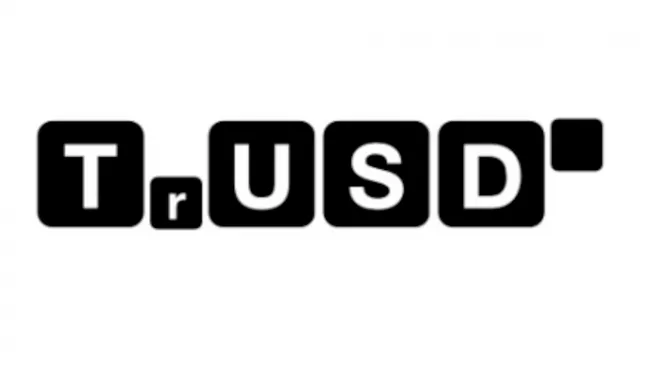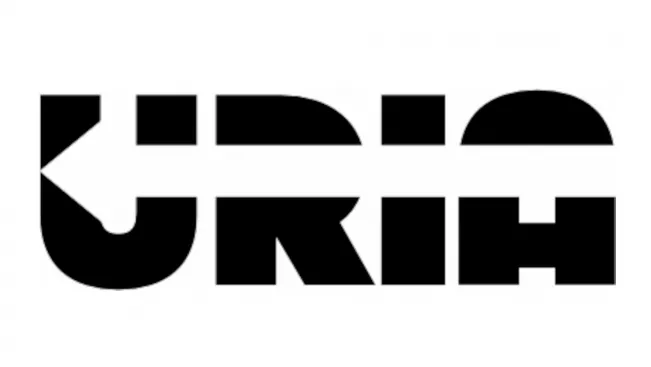Research at the university
Research Database: Projects
Forschungsprojekte (191)
In the course of digitalization, more and more data is being collected and evaluated in companies. This can optimize business processes, but also has the potential to affect employees' personal rights. The research project TrUSD builds a bridge between the potential of data analysis and the right of employees to privacy by developing so-called Privacy Dashboards. These dashboards provide employees with all the necessary privacy-related information, display it in an understandable way, and offer appropriate settings.
Project management at the H-BRS
Prof. Dr Luigi Lo IaconoThe research project URIA inspects the widely deployed password-based authentication. Nearly everyone knows the difficulty of choosing and, especially, remembering good passwords. Password-secured systems also inhere high security risks due to its fast "crackability". Hence, password-based authentication has weaknesses in terms of usability as well as security. In contrast to that, Risk-based authentication has the potential of improving security without degrading usability.
Generating robot motion is mandatory to accomplish a plenitude of real-world tasks which usually require feedback control schemes and the application of advanced force/motion control concepts. However, realizing this requires composing the concepts from domains such as geometry, mechanics or control in non-trivial ways which makes predictability of system-level properties related to performance, safety and other important categories difficult to achieve. VeriComp aims at addressing this challenges by augmenting functional composition inside components with verifiable properties and domain-specific extension. Thereby VeriComp shall enable important robot stakeholders such as function developers and component supplierto create verifiable compositions of functions, package those into components while propagating verifiable properties and analyze system-level composition of components with respect to ultimately emerging performance and safety properties.
The objective of this research project is to develop a user-friendly and cost-effective interactive input device that allows intuitive and efficient manipulation of 3D objects (6 DoF) in virtual reality (VR) visualization environments with flat projections walls. During this project, it was planned to develop an extended version of a laser pointer with multiple laser beams arranged in specific patterns. Using stationary cameras observing projections of these patterns from behind the screens, it is planned to develop an algorithm for reconstruction of the emitter’s absolute position and orientation in space. Laser pointer concept is an intuitive way of interaction that would provide user with a familiar, mobile and efficient navigation though a 3D environment. In order to navigate in a 3D world, it is required to know the absolute position (x, y and z position) and orientation (roll, pitch and yaw angles) of the device, a total of 6 degrees of freedom (DoF). Ordinary laser-based pointers when captured on a flat surface with a video camera system and then processed, will only provide x and y coordinates effectively reducing available input to 2 DoF only. In order to overcome this problem, an additional set of multiple (invisible) laser pointers should be used in the pointing device. These laser pointers should be arranged in a way that the projection of their rays will form one fixed dot pattern when intersected with the flat surface of projection screens. Images of such a pattern will be captured via a real-time camera-based system and then processed using mathematical re-projection algorithms. This would allow the reconstruction of the full absolute 3D pose (6 DoF) of the input device. Additionally, multi-user or collaborative work should be supported by the system, would allow several users to interact with a virtual environment at the same time. Possibilities to port processing algorithms into embedded processors or FPGAs will be investigated during this project as well.
Project management at the H-BRS
Prof. Dr Rainer HerpersInvestigation of the usability of protective devices of work equipment in commercial sectors Objectives of the project: The primary objective of this project is the development of methods and tools for interdisciplinary investigations of human computer interfaces for work safety applications within a usability laboratory environment. Special emphasis will be put on empirical research of design principles and the evaluation of the usability of protective equipment, of safety equipment and of work safety concepts of machines and installations. A first prototype of an interactive virtual visualisation environment in which usability tests of work safety applications will be evaluated, will be established based on the Immersion Square technology currently available at the Bonn-Rhein-Sieg University of Applied Sciences. Developments for the detection and tracking of head position as well as gaze direction have to be performed in detail. Furthermore, the necessary technologies and the psychological principles of practical work safety applications have to be transferred. Methods and Activities: Firstly, a comprehensive investigation of the state of the art of sample applications in several member companies of the Accident Prevention and Insurance Association will be undertaken. This activity will be supported by an interdisciplinary workshop on the identification of both applicable principles of usability and industrial practical examples for work safety. A special modus operandi of this project will be its interdisciplinary approach. The technical realisation of the interactive virtual environment is inseparably connected to the development of usability methods applicable to work safety measures. In order to analyse reasons for accidents caused by human-machine interactions from the psychological perspective rather than just the technical view point, new methods and tools need to be developed in close cooperation with engineers and work psychologists. The selection and development of applicable usability methods is an essential part of this project and should be supported by a systematic study of psychological aspects. In this case technology should follow up the usability methods, not vice versa.
In an ever growing world/economy and an increasing number of population comes the need to deploy modern techniques and technological advances to improve traditional farming. The field of precision agriculture (PA) enables accurate operational practices by farmers to assess agricultural produce, leading to a cost and time efficient predictive management of crops by providing real-time crop data. As a result of predictive management and health assessment in PA, significantly smaller quantities of herbicides can be applied or even avoided altogether.
Die Hochschule Bonn-Rhein-Sieg - einfach ausgezeichnet. Studieren Sie bei uns! Es erwartet Sie ein praxisorientiertes Studium auf der Basis aktueller Forschungsergebnisse.
The perception of self-motion is a multi-modal process that is influenced by vision, endogenous stimuli and gravity. Specifically, the experiments will help us determine how effective visual cues are in different gravitational conditions (in microgravity, and under lunar and Martian conditions). Based on this, we will develop a model that maps how these gravitational conditions affect the process of optical flow to create the sensation of motion. In this context, we will also examine whether there are gender-specific differences in this perception. The results of our investigations should help to understand visual-vestibular interactions and thus significantly increase safety in all those situations that require movement in altered gravitational conditions (e.g. in space or on the Moon/Mars). At the same time, however, the results can also help to better understand the perception of proper motion on Earth. This applies in particular to clinical conditions in which navigation or gait are disturbed (e.g. in Parkinson's disease). The experiments will be conducted during parabolic flights. We plan to conduct two realted experiments during the weightlessness phases. Subjects will lie on the floor or sit in a chair (loosely attached to it for safety) and wear a Head Mounted Display (HMD). All our visual cues will be presented on the smartphone inside the HMD. In both experiments, participants see a simulated corridor. In the first experiment, a cue stimulus is presented within this corridor, at one of 17 simulated distances. After the cue is extinguished, participants are virtually moved down the corridor. Their task is to indicate when they have arrived at the position of the previously displayed target. In the second experiment, participants are first moved virtually down the corridor and then asked to adjust the distance of a virtual cue stimulus.
Die Hochschule Bonn-Rhein-Sieg - einfach ausgezeichnet. Studieren Sie bei uns! Es erwartet Sie ein praxisorientiertes Studium auf der Basis aktueller Forschungsergebnisse.
Project management at the H-BRS
Christine FreitagBET Ghana is a transdisciplinary research and transfer project between the Hochschule Bonn-Rhein-Sieg, the University of Cape Coast and partners from the consumer goods and food processing industries in Germany/Europe and Ghana. The stated overall project goal is to enhance employability and (self-) employment opportunity of students and graduates specifically in the Ghanaian consumer goods and food processing industry. This shall eventually increase the competitiveness and growth of the Ghanaian consumer goods and food processing industry and promote innovation and job creation, which will be facilitated by the transfer of knowledge between academia and the private sector. The project consists of three pillars, namely (1) the set up of a research task force Consumer goods and food processing industry, (2) digital and blended learning, and (3) start up training and development. These pillars are interconnected, with the generated knowledge through applied research feeding into the development of digital and blended learning formats, and in the coaching and counselling of entrepreneurs. At the same time, students while being enabled to study the field of consumer goods and food processing will contribute to generation of knowledge through small scale applied research projects. The development of business ideas will eventually offer more insights into the challenges and dynamics of the consumer goods and food processing industry in Ghana as it also related to the global economy, specifically Europe and Germany. Projektleitung: Oghenekome Umuerri
Project management at the H-BRS
Prof. Dr Jürgen BodeContact Points
Centre for Science and Technology Transfer (ZWT)
Room
F 405
Vice President Research and Young Academics
Campus
Sankt Augustin


